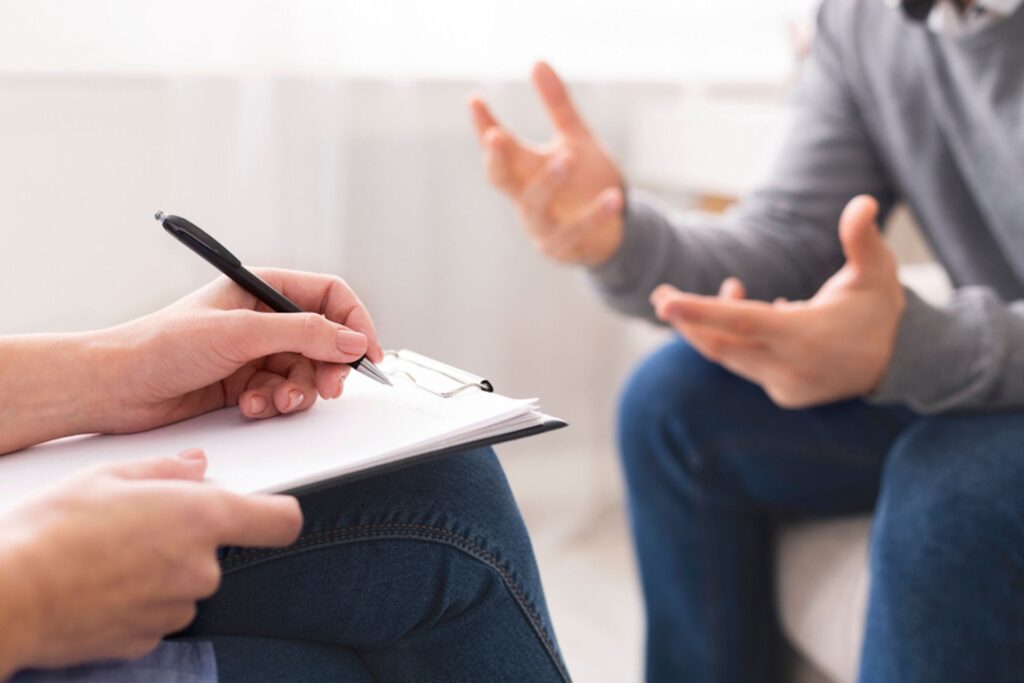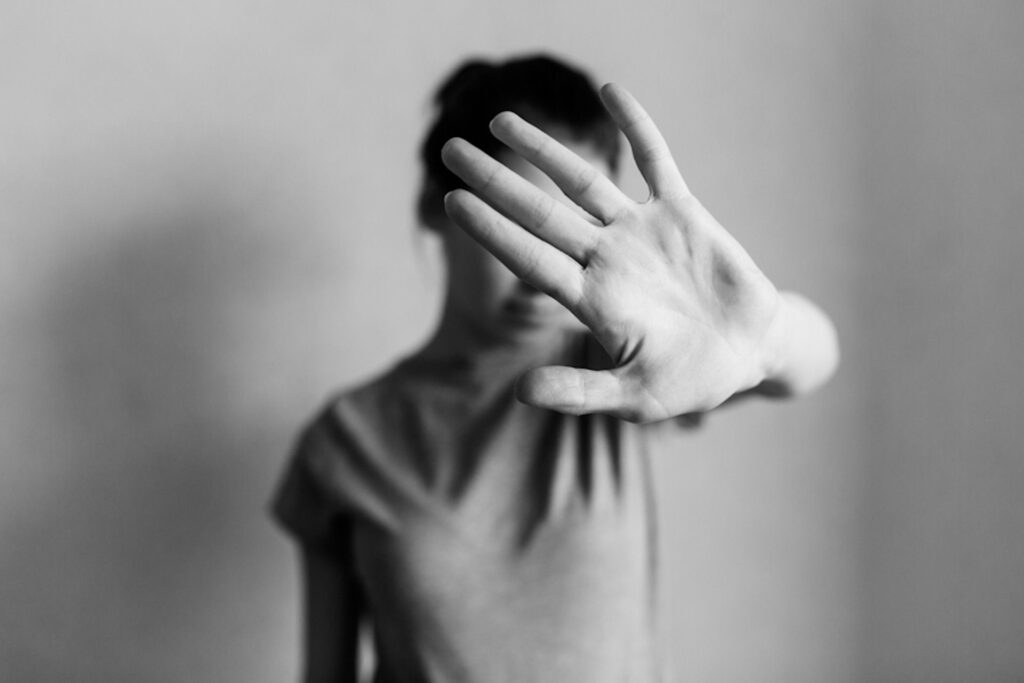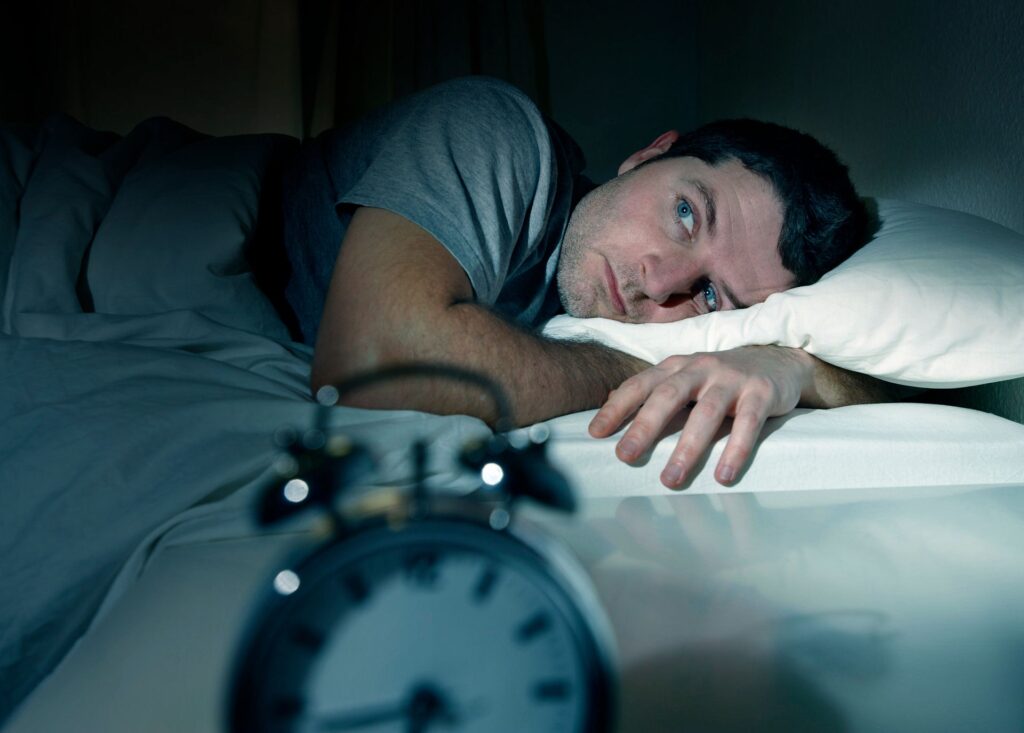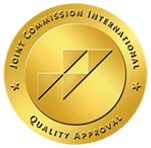Life hands us all a number of stresses which can make us worry. The difference between experiencing every day worries and those with anxiety is having anxiety is not being able to function because of those worries. Anxiety exists in many forms and it is important that each case be taken seriously before it takes over your life.
The first form of anxiety is generalized anxiety. This is when you are extremely worried or nervous even for no reason at all. Having this disorder can make it hard to control and focus on daily activities. It can mean worrying everyday, having trouble relaxing, being easily startled, having headaches, muscle aches, stomach aches, and constantly feeling on edge. It can be about a number of worries like keeping your job, finances, health, being late, being able to fulfill your responsibilities, or maybe you do not know what the reason is.
A second form of anxiety is obsessive compulsive disorder which is a pattern of unreasonable thoughts and fears. In order to relieve yourself of those fears, you experience compulsions to relieve those stresses. Common obsessions include contamination, losing control, being in harm, having unwanted sexual thoughts, religious obsessions, perfectionism, luck, or having an illness or disease. Compulsions to relieve yourself of those stresses can be obsessive washing and cleaning, checking, repeating habits, mental routines, and avoiding situations to avoid having an obsession. You could develop health issues like dermatitis from too much hand washing and can make it hard to attend work or school, social situations, and cause bad relationships and suicidal thoughts or actions if not treated.
A third kind of anxiety is panic disorder where you have sudden and repeated fear attacks which can last at least several minutes. You could be afraid of a disaster or losing control even when there is no danger like being afraid of having a heart attack. You could feel as if you are going to die even though you are perfectly fine. Having this disorder also means that if you are not experiencing a panic attack, you spend the rest of that time afraid that you are going to have another one. This can make you ashamed to join any social activities as you do not to experience one in public. You could experience the symptoms of a pounding or racing heartbeat, sweating, chills, trembling, breathing, and chest pain.
A fourth kind of anxiety is having post-traumatic stress disorder when you are triggered by a terrifying event from something you experienced or witnessed. This can mean having flashbacks, nightmares, severe anxiety, and having trouble controlling your thoughts. This can put you in a negative mood and view of how you see the world and people. Different kinds of trauma can be combat exposure, childhood physical abuse, sexual violence, an accident, or assault. You can be feeling like danger lurks at every turn you make which puts you on high alert.
A fifth kind of anxiety is social anxiety where everyday interactions invoke anxiety, fear, and making you feel self-conscious. You could feel embarrassment that you will be judged by others in anything effort you make to socialize. Symptoms can arise like blushing, sweating, trembling, rapid heartbeat, being nauseous or sick, and having trouble talking. Having this disorder can cause you to want to stay away from others to avoid feeling these uncomfortable symptoms.
It is hard to tell where anxiety comes from. It can be a difference in brain chemistry or this could have been a genetic factor that has been passed down from generation to generation. Anxiety can also be a result of a particular stressful moment that happened to you that you have carried with you. Whatever the reason is, it is important that you see a doctor to get a full diagnosis so that you know the proper way to treat your anxiety. There are a number of medications to take such as benzodiazepines which relax your muscles and calms your mind. It is important that these drugs are used only for short-term anxiety as they can be habit forming. Antidepressants like SSRIs and MAOIs affect neurotransmitters and take four to six weeks to produce effects. Beta-blockers can help relieve the physical symptoms of anxiety, especially with social anxiety.
There are also different modes of therapy for anxiety like cognitive behavioral therapy which helps address the negative patterns in how we see the world and ourselves. It will help you challenge those negative thoughts and turn them into positive ones. For example, if you are afraid that people will think you are crazy, you are jumping to conclusions and should have more realistic forms of thinking such as people caring more that you are okay. Exposure therapy exposes you to objects or situations that you are afraid of so that you are no longer afraid. You may have to imagine to scary situation or experience the fear in real life. If you are afraid of flying on a plane, you may have to first look at pictures of planes, watch videos of those on airplanes, and slowly make your way to flying on one.
Other than medication and therapy, anxiety symptoms will lessen if you do things at home. You can exercise, eat healthy, avoid drugs and alcohol, and socialize with others. It is important to get treatment for anxiety to prevent letting you enjoy your life with others.
Located in Tacoma, Washington, Bayview Center’s mission is to offer clinically-driven programs and services to treat a number of substance abuse disorders along with anxiety and depression using cognitive behavioral therapy, dialectical behavioral therapy, trauma therapy, yoga therapy, and more for a successful recovery. For more information, please call us 888 570 7154 at as we are open 24 hours a day, 7 days a week.

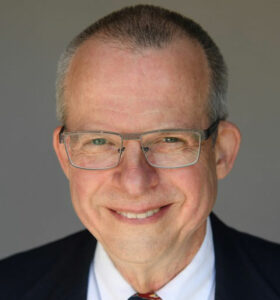 Dr. Dave Cundiff, MD, MPH (Medical Reviewer)
Dr. Dave Cundiff, MD, MPH (Medical Reviewer)

